I don’t know who Tennessee is going to hire. We’ve had enough experience at this to know there are no guarantees, which makes it less sensible to passionately push for one candidate over another. And hey, the powers that be at Tennessee – which now includes new athletic director Danny White – may have already made some moves, and eliminated half of this list or vetted guys who aren’t even on it. Either way, I’m hopeful this exercise can be of use to us in being better at evaluating what makes a good coach and, in particular, how we define success at Tennessee.
I continue to be drawn to this chart, which we used in a piece I wrote a couple days before the Texas A&M game, when the conversation on Jeremy Pruitt was only about wins and losses and not recruiting violations:
As we said a month ago: For every coach who turned mid-to-low-major success into major success – Matt Campbell, James Franklin, Dan Mullen – there are coaches who aced level one but struggled with level two: Scott Frost, Justin Fuente, Charlie Strong. You never know.
The chart also helps understand the value of Bill Connelly’s SP+ in measuring the outcome of each play instead of each game. It’s one of our favorite metrics for that reason, and the way it can help you see the differences between similar records.
For instance, you’ll notice Jeff Brohm out in front in the top right quadrant for his work at Western Kentucky and Purdue, even though Purdue is 19-25 under his watch. That’s in part because Purdue was 9-39 in Darrell Hazell’s four years preceding him. But it’s also how those games were lost and won: Hazell’s teams lost 23 games by at least three possessions in his four years. Brohm’s teams have lost seven in his four years.
Here’s the transition from Hazell to Brohm at Purdue using the chart’s metric: average SP+ of the previous coach’s final three seasons and the average SP+ of the current coach:
Jeff Brohm, Purdue
| Coach | Year | Record | SP+ | Avg SP+ |
| Hazell | 2014 | 3-9 | -6.2 | |
| 2015 | 2-10 | -7.4 | ||
| 2016 | 3-9 | -11 | -8.2 | |
| Brohm | 2017 | 7-6 | 5.8 | |
| 2018 | 6-7 | 6.5 | ||
| 2019 | 4-8 | -0.7 | ||
| 2020 | 2-4 | 6.1 | 4.4 (+12.6) |
I’m not advocating Tennessee hire Jeff Brohm; we’ve already been down that road once. Maybe fans at Purdue are now asking if he can get them from Point B to Point C. He’s just an example of how growing a program can look.
(You’ll also note in that chart that Hugh Freeze is all over the top right quadrant, for what he’s done from Arkansas State to Ole Miss and now Liberty. Freeze is clearly a great coach on Saturdays. Of course, 27 of those wins at Ole Miss were vacated, and everything suggests Freeze will not be a candidate at Tennessee while the Vols are under their own investigation. So we’ll simply acknowledge all of that here and move on.)
Randy Boyd’s comments suggest the Vols will not hire an assistant coach (so I’m unsure what this means for viewing Kevin Steele as the safety net), and want a proven winner. One thing to note here, as we’ve had experience with it: “proven winner” should mean more than, “won games after inheriting a good situation.” We played that game with Butch Jones, who you’ll notice in the top left quadrant after following Brian Kelly twice:
Butch Jones, Cincinnati
| Coach | Year | Record | SP+ | Avg SP+ |
| Kelly | 2007 | 10-3 | 17.5 | |
| 2008 | 11-3 | 8.6 | ||
| 2009 | 12-0 | 18.2 | 14.8 | |
| Jones | 2010 | 4-8 | 2.5 | |
| 2011 | 10-3 | 12.8 | ||
| 2012 | 9-3 | 11.1 | 8.8 (-6.0) |
It wasn’t just that Jones was weighed down by his 4-8 transition year. The best he accomplished at Cincinnati was significantly lower than the ceiling he inherited.
What will Tennessee’s new coach inherit? Here’s the Vols in SP+ since Phillip Fulmer’s last three years:

While Jeremy Pruitt’s final season wasn’t as bad as Butch Jones’ final season, Tennessee’s inability to even approach the peaks under Jones or late-stage Fulmer stand out. And, of course, the new guy seems likely to inherit some violations and a depleted roster through the transfer portal, though those losses could be somewhat offset by gains the same way.
In short, this has been going the wrong way for a long time. Who is best suited to get it moving forward?
If we’re looking for “proven winners”, here’s a good template to start with:
Gus Malzahn, Auburn
| Coach | Year | Record | SP+ | Avg SP+ |
| Chizik | 2010 | 14-0 | 26.5 | |
| 2011 | 8-5 | 9 | ||
| 2012 | 3-9 | 4.8 | 13.4 | |
| Malzahn | 2013 | 12-2 | 25.2 | |
| 2014 | 8-5 | 24.2 | ||
| 2015 | 7-6 | 14.6 | ||
| 2016 | 8-5 | 15.3 | ||
| 2017 | 10-4 | 24.7 | ||
| 2018 | 8-5 | 23.6 | ||
| 2019 | 9-4 | 21 | ||
| 2020 | 6-4 | 11.4 | 20 (+6.6) |
Malzahn, of course, gets some of that 2010 action as well; the 2020 team also has the Citrus Bowl loss to Northwestern on its resume that Malzahn wasn’t part of. One thing I like about SP+ here: you’ll note there’s not much that separates the 2013 almost-national-champions from the 8-5 finish the following year. The latter group wrecked #15 LSU by 34 and beat #4 Ole Miss, but lost to four Top 17 teams plus #25 Texas A&M by three. Malzahn’s teams did what I think you can realistically ask for, non-Bama division in this league: be in the hunt. The Tigers went to Atlanta ranked #2 in 2017, and spent time in the Top 10 in every one of Malzahn’s seasons.
Danny White’s hiring history doesn’t necessarily suggest a retread, but Malzahn’s history at Auburn would be in line with the kind of success we’d hope for from a good fit at Tennessee.
Let’s look at Danny White’s hires:
Lance Leipold, Buffalo
| Coach | Year | Record | SP+ | Avg SP+ |
| Quinn | 2012 | 4-8 | -16.3 | |
| 2013 | 8-5 | -9 | ||
| 2014 | 5-6 | -7.7 | -11 | |
| Leipold | 2015 | 5-7 | -10.3 | |
| 2016 | 2-10 | -18.8 | ||
| 2017 | 6-6 | -11.2 | ||
| 2018 | 10-4 | -1.1 | ||
| 2019 | 8-5 | -2 | ||
| 2020 | 6-1 | 5.3 | -6.4 (+4.6) |
Leipold came to Buffalo from Wisconsin-Whitewater, where he won the Division III championship six times in eight years. At Buffalo, the rebuild was the long game: his second team was one of the worst in college football, and his third was no better than his first. But since then, the Bulls have entered uncharted territory for their program: a pair of division titles, their first in ten years, and a Top 25 finish this season.
Scott Frost & Josh Heupel, UCF
| Coach | Year | Record | SP+ | Avg SP+ |
| O’Leary | 2013 | 12-1 | 12.3 | |
| 2014 | 9-4 | 5.7 | ||
| 2015 | 0-12 | -15.5 | 0.8 | |
| Frost | 2016 | 6-7 | -2.2 | |
| 2017 | 13-0 | 14.1 | 6 (+5.2) | |
| Heupel | 2018 | 12-1 | 16.5 | |
| 2019 | 10-3 | 19.1 | ||
| 2020 | 6-4 | 10.9 | 15.5 (+9.5) |
The wild swing in 2015 throws some of the balance off here, to be sure. It’s also interesting to note that Heupel’s first team in 2018, which went undefeated before losing to LSU in the Fiesta Bowl, ranked higher than Frost’s final team in 2017, which went undefeated and beat Auburn in the Peach Bowl. And play-for-play, the best of the bunch was Heupel’s 2019 team, which lost at Pittsburgh by one, at Cincinnati by three, and at Tulsa by three. Along the way they busted up Lane Kiffin’s 11-3 FAU team 48-14, and beat Stanford 45-27. Should the Vols end up going with Heupel, we’ll make that point a lot. This year’s team beat Georgia Tech 49-21 in the opener, lost to Tulsa by eight and at Memphis by one, then lost to Cincinnati 36-33 and BYU in the bowl game.
So we know Danny White has experience with out-of-the-box hires; none of those three had previous FBS head coaching experience. We’ll see how that translates on the bigger stage in Knoxville.
On our podcast before White was hired, we started with these two names:
Billy Napier, Louisiana
| Coach | Year | Record | SP+ | Avg SP+ |
| Hudspeth | 2015 | 4-8 | -7.1 | |
| 2016 | 6-7 | -8.7 | ||
| 2017 | 5-7 | -15.8 | -10.5 | |
| Napier | 2018 | 7-7 | -6.9 | |
| 2019 | 11-3 | 9.6 | ||
| 2020 | 10-1 | 9.8 | 4.2 (+14.7) |
There’s a ton to like here, far beyond the “born in Cookeville” stuff. Napier’s first team actually won their division, and he’s 21-4 the last two years, sharing the Sun Belt and finishing 15th in the AP poll this year. Napier combines the best of major power assistant experience with mid-major head coaching success. He’s the guy who built back furthest, fastest.
Jamey Chadwell, Coastal Carolina
| Coach | Year | Record | SP+ | Avg SP+ |
| Chadwell | 2017 | 3-9 | -15.1 | |
| Moglia | 2018 | 5-7 | -17.2 | -17.2 |
| Chadwell | 2019 | 5-7 | -12.8 | |
| Chadwell | 2020 | 11-1 | 12.2 | -5.2 (+12) |
Coastal isn’t the best fit for this experiment: for one, they just joined the FBS level in 2017, then Chadwell took over for an interim season that same year, so there’s only Moglia’s 2018 campaign to compare it to. Nevertheless, Chadwell’s team improved not only this season, but in 2019 as well, even though the record didn’t show it. Chadwell might be the next big thing, it’s just a much smaller sample size.
Again, no guarantees once you get to level two, but these are all guys who’ve aced level one.
If the Vols go (or are forced to go) more of the obvious rebuild route:
Bill Clark, UAB
| Coach | Year | Record | SP+ | Avg SP+ |
| Callaway | 2011 | 3-9 | -19.2 | |
| McGee | 2012 | 3-9 | -11.1 | |
| 2013 | 2-10 | -20.8 | -17 | |
| Clark | 2014 | 6-6 | -4.2 | |
| 2017 | 8-5 | -15.5 | ||
| 2018 | 11-3 | -0.3 | ||
| 2019 | 9-5 | -1.4 | ||
| 2020 | 6-3 | 6.7 | -2.9 (+14.1) |
Clark, as you know, presided over the return of UAB’s program after it was shut down in 2015. His first team obviously carried some of that weight, but they were masterful in close games and earned bowl eligibility. It’s been all climb from there, including just a 24-20 loss to Louisiana, a double overtime loss to Louisiana Tech, and a 31-14 defeat to Miami this year. If the Vols hire Clark, perhaps it would help solidify the scope of this rebuild in all of our minds.
Let’s get this one on the board too:
Lane Kiffin
| Coach | Year | Record | SP+ | Avg SP+ |
| Fulmer | 2006 | 9-4 | 18.9 | |
| 2007 | 10-4 | 20.2 | ||
| 2008 | 5-7 | 12 | 17 | |
| Kiffin | 2009 | 7-6 | 16.2 | 16.2 (-0.8) |
| Coach | Year | Record | SP+ | Avg SP+ |
| Carroll | 2007 | 11-2 | 32 | |
| 2008 | 12-1 | 37 | ||
| 2009 | 9-4 | 16.6 | 28.5 | |
| Kiffin | 2010 | 8-5 | 15.2 | |
| 2011 | 9-4 | 24.7 | ||
| 2012 | 7-6 | 21.9 | ||
| 2013 | 10-4 | 22.5 | 21.1 (-7.4) | |
| Coach | Year | Record | SP+ | Avg SP+ |
| Partridge | 2014 | 3-9 | -10.4 | |
| 2015 | 3-9 | -9.8 | ||
| 2016 | 3-9 | -14.1 | -11.4 | |
| Kiffin | 2017 | 11-3 | 5.1 | |
| 2018 | 5-7 | -0.8 | ||
| 2019 | 11-3 | 7.5 | 3.9 (+15.3) | |
| Coach | Year | Record | SP+ | Avg SP+ |
| Luke | 2017 | 6-6 | 11.6 | |
| 2018 | 5-7 | 9.8 | ||
| 2019 | 4-8 | 2.9 | 8.1 | |
| Kiffin | 2020 | 5-5 | 8.3 | 8.3 (+0.2) |
If Kiffin actually did return to the Vols, it would be his fifth head coaching stop, six counting the Raiders. His work at Florida Atlantic was impressive, no doubt, immediately improving the Owls and earning a second 11-3 record two years later. Pete Carroll was always going to be a tough act to follow, and that’s been true for Kiffin, Sarkisian, and Helton. The job at Ole Miss (and Tennessee) is too small a sample size to know yet: in both cases, definitely better than the previous year he inherited, but not enough data to consider it an improvement on the program overall. You’d love to have seen what he did at UT or Ole Miss in year two before entrusting your program to him.
I think Kiffin would be a good hire, but it would be foolish to consider him the only good hire, or an outright better choice than many of the names above.
Sometimes you can fall a little harder than you should for a coach just because they have power five experience. Consider:
Tom Herman, Texas
| Coach | Year | Record | SP+ | Avg SP+ |
| Strong | 2014 | 6-7 | 9 | |
| 2015 | 5-7 | 3.7 | ||
| 2016 | 5-7 | 10.6 | 7.8 | |
| Herman | 2017 | 7-6 | 10.6 | |
| 2018 | 10-4 | 11.3 | ||
| 2019 | 8-5 | 12 | ||
| 2020 | 7-3 | 13.5 | 11.9 (+4.1) |
Herman certainly had a big year in 2018. But overall, each of his teams weren’t significantly better than Charlie Strong’s first and last Texas squads. They did make small steps of progress in SP+ each year, but Herman also fell into the Butch Jones close game trap, and the best way to win close games remains not to play them. A +4 change in SP+ is similar to what Lance Leipold has at Buffalo, but the difference is how much his program has grown from year one until now. Herman’s, also similar to Jones at UT, never moved as fast as the powers that be at Texas probably felt it should have.
Finally, if the Vols go as big at head coach as they went at athletic director, here are the two names we thought would never consider this job:
Matt Campbell, Iowa State
| Coach | Year | Record | SP+ | Avg SP+ |
| Rhoads | 2013 | 3-9 | -3.8 | |
| 2014 | 2-10 | -7.9 | ||
| 2015 | 3-9 | -0.3 | -4 | |
| Campbell | 2016 | 3-9 | 0.7 | |
| 2017 | 8-5 | 7.5 | ||
| 2018 | 8-5 | 7.9 | ||
| 2019 | 7-6 | 12.6 | ||
| 2020 | 9-3 | 18.7 | 9.5 (+13.5) |
This is Point A to Point B to Point C. The record may have suggested treading water from year three to year four, but in 2019 Iowa State lost to #19 Iowa by one, at Baylor by two, Oklahoma State by seven, and at Oklahoma by one. This year they lost to Billy Napier’s Rajun Cajuns in the opener, 31-14…then beat Oklahoma, Texas, TCU, Baylor, lost to #6 Oklahoma State by three, and blew out the rest of the conference. They almost won the Big 12 title game, then beat Oregon by 17 in the Fiesta Bowl. Tennessee has never been as bad as where Iowa State was at the end of Paul Rhoads’ tenure, but they also haven’t been as good as Iowa State was this year since 2015, and before then not since Fulmer.
Luke Fickell, Cincinnati
| Coach | Year | Record | SP+ | Avg SP+ |
| Tuberville | 2014 | 9-4 | 6.9 | |
| 2015 | 7-6 | 5.3 | ||
| 2016 | 4-8 | -3.6 | 2.9 | |
| Fickell | 2017 | 4-8 | -6.4 | |
| 2018 | 11-2 | 5.4 | ||
| 2019 | 11-3 | 9.1 | ||
| 2020 | 9-1 | 19.9 | 7 (+4.1) |
Fickell’s first year did not go well. Since then, Cincinnati has been a rocket ship. This year they beat Army by two touchdowns, won 42-13 at #16 SMU, beat Memphis 49-10, and almost got Georgia in the Peach Bowl. The overall growth isn’t as strong because of where the program still was two years before he arrived, and the way he struggled in year one. But if you group 2015-17 together and compare it to 2018-20, Fickell’s average SP+ jump is 13.1, on par with the best of the other major progress you can find on our list:
| Coach | Avg SP+ Jump |
| Napier | 14.7 |
| Clark | 14.1 |
| Campbell | 13.5 |
| Chadwell | 12 |
| Heupel | 9.5 |
| Kiffin avg. | 7.3 |
| Malzahn | 6.6 |
| Leipold | 4.6 |
| Fickell | 4.1 |
| Herman | 4.1 |
Again, those few caveats:
- Chadwell’s numbers are based on the smallest, weirdest data, with Coastal just joining FBS four years ago, and him serving as an interim that first year.
- Kiffin’s numbers are the average of his four jobs; his individual numbers range from 15.3 at Florida Atlantic to -7.4 at USC, with small, incomplete improvements in one year at UT and Ole Miss.
- Leipold’s progress is slowest and steadiest, and continued to gain momentum into year six.
- Fickell’s numbers are weighed down by a terrible first year and Tuberville still being good two years before he left.
I have no idea who Tennessee will hire. But I do think it’s more than fair to say anyone from this list would be an upgrade, and many of them – at least in SP+ – the most “proven” winner Tennessee hired in a long time.
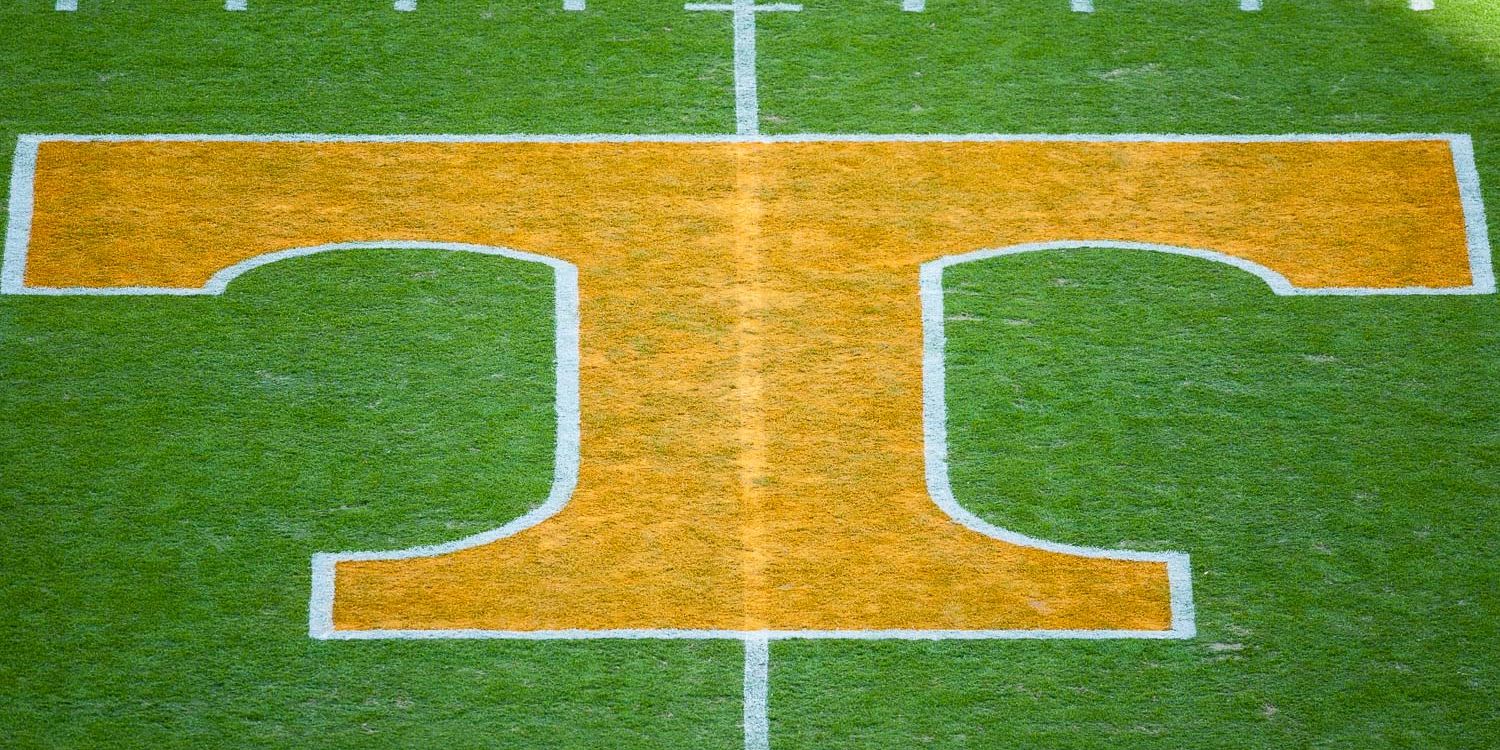
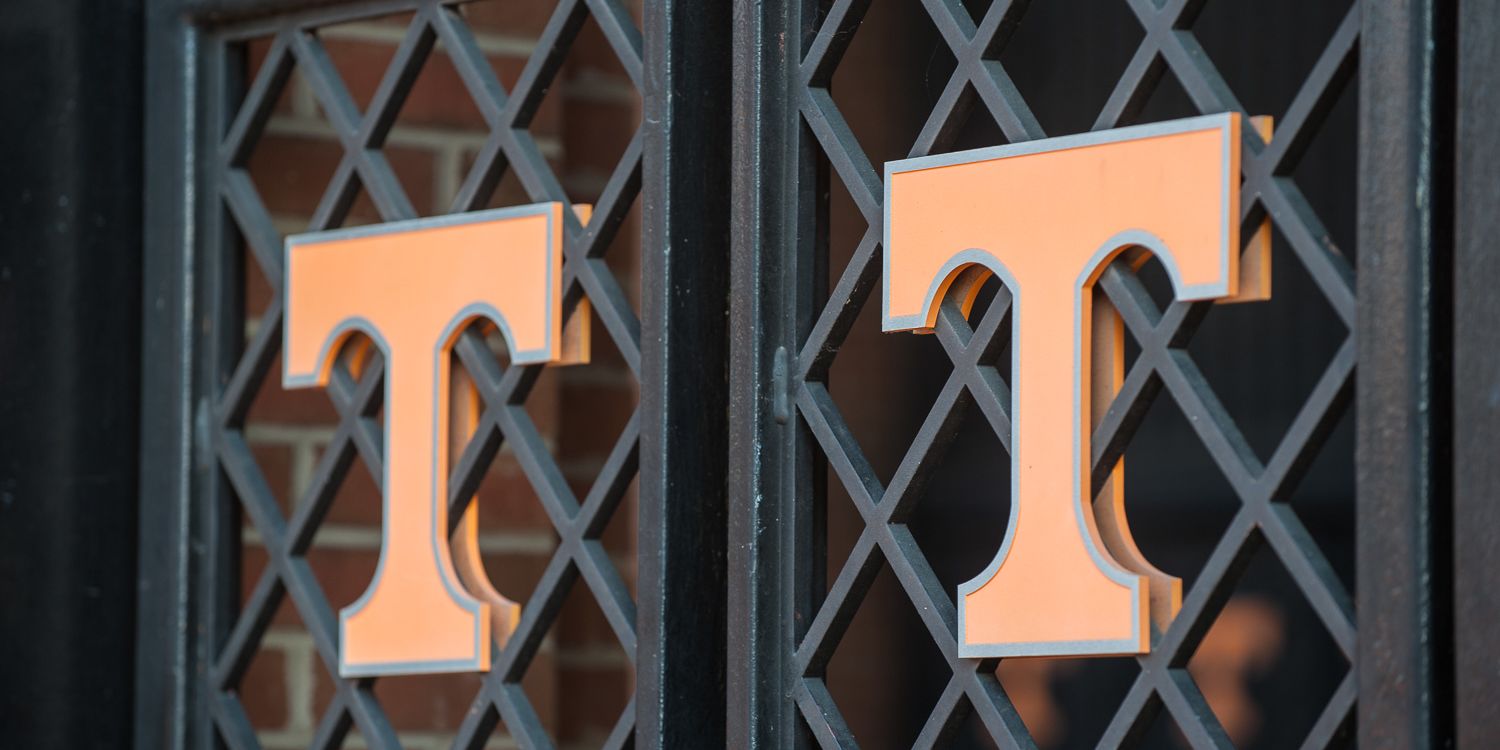
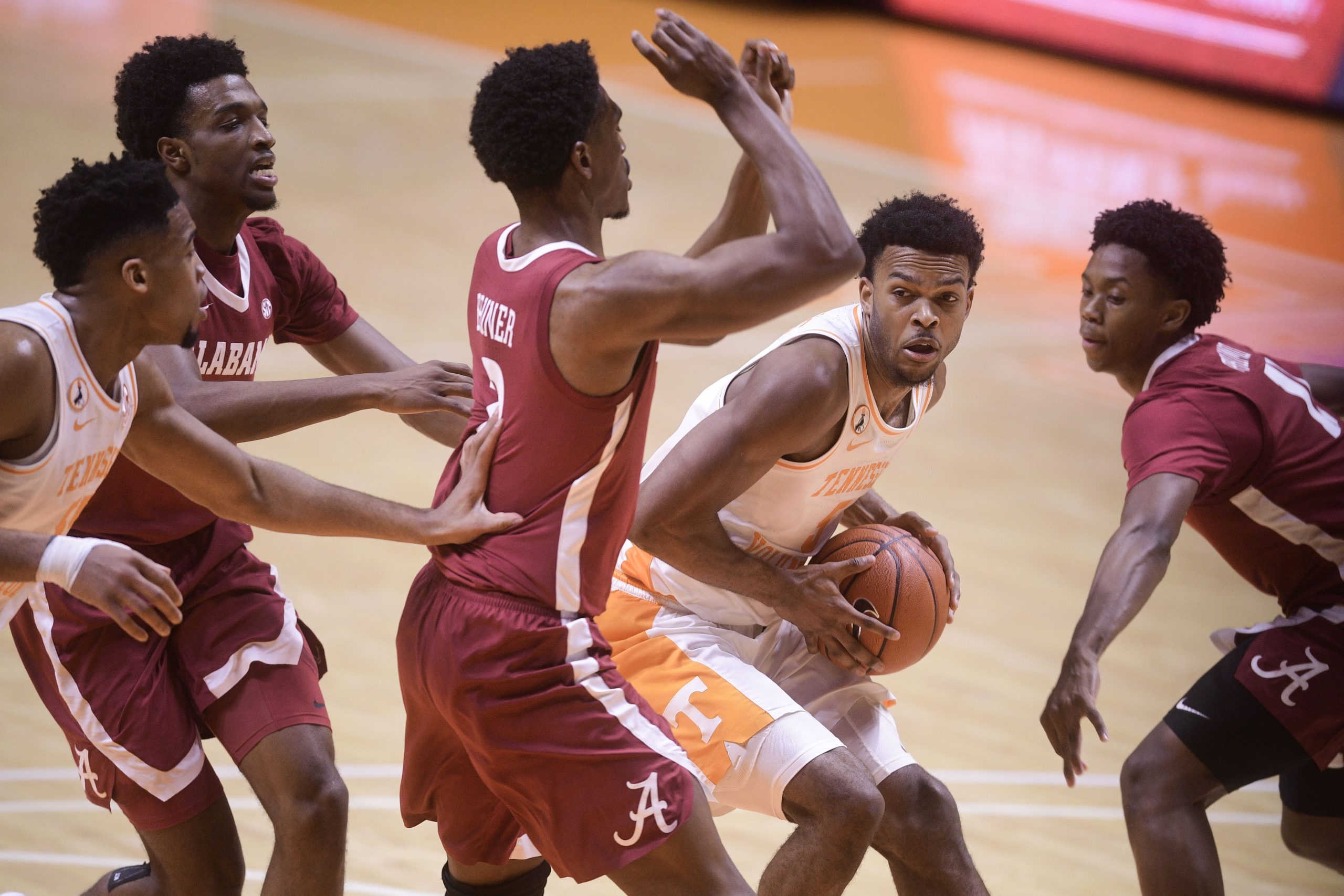
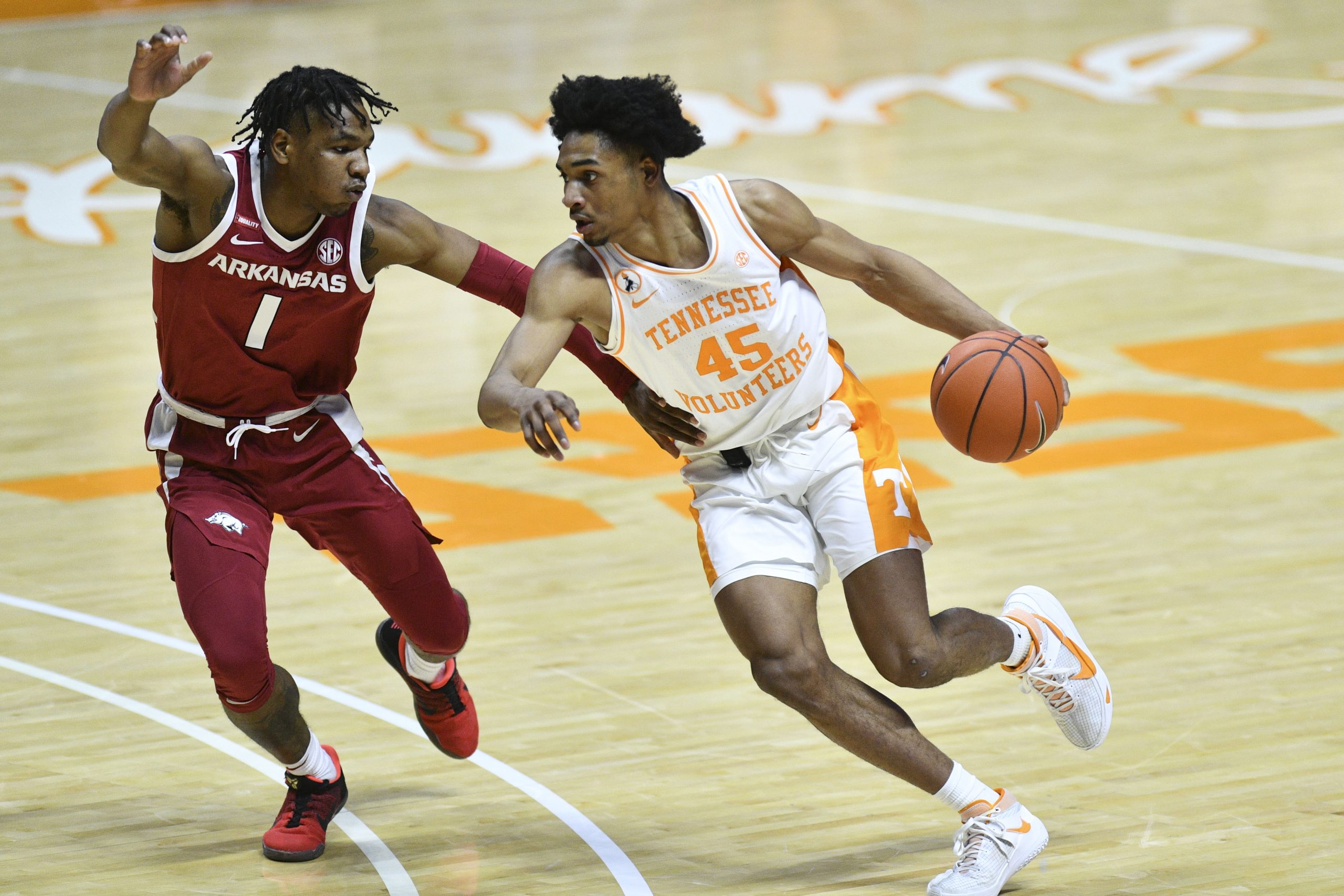

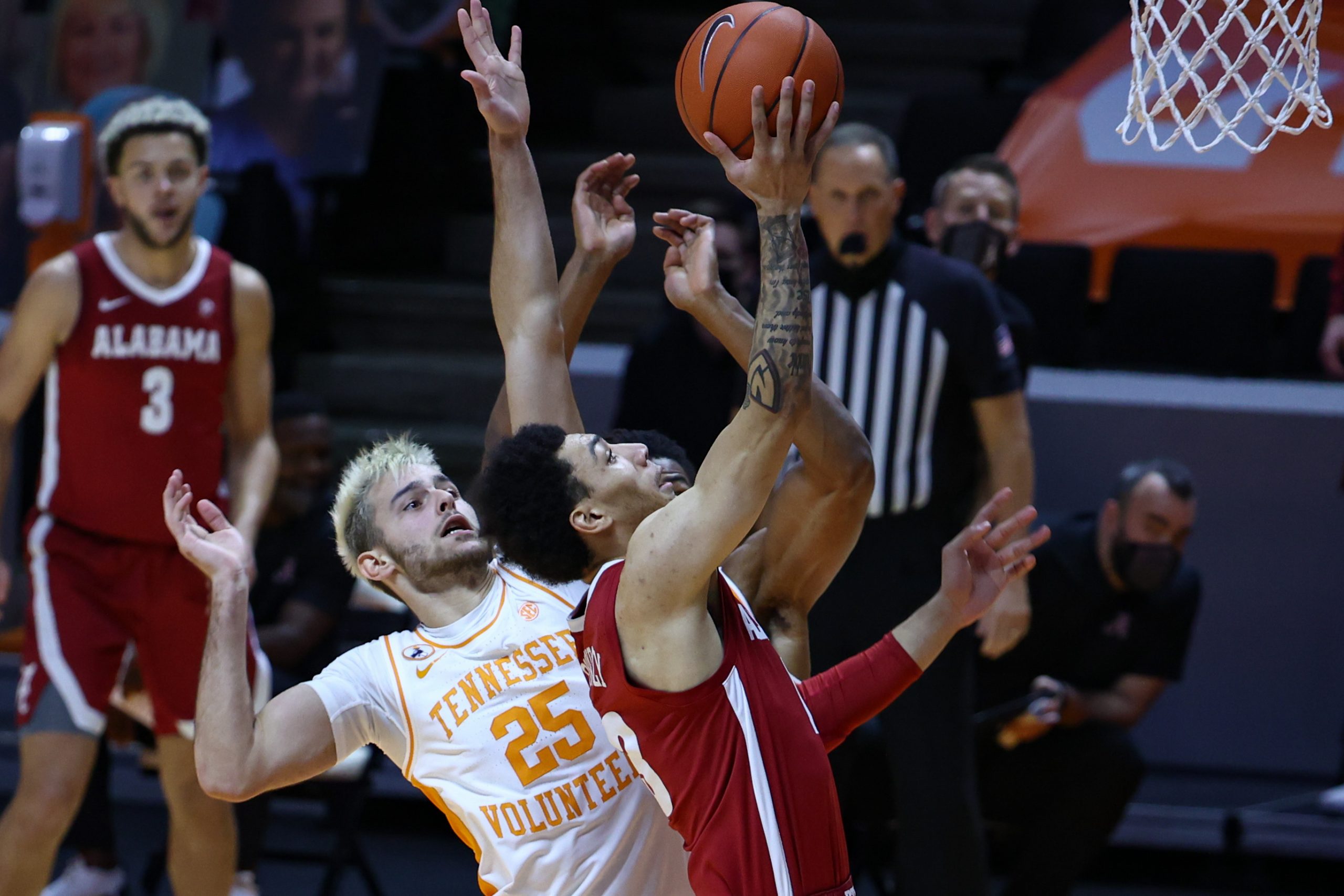
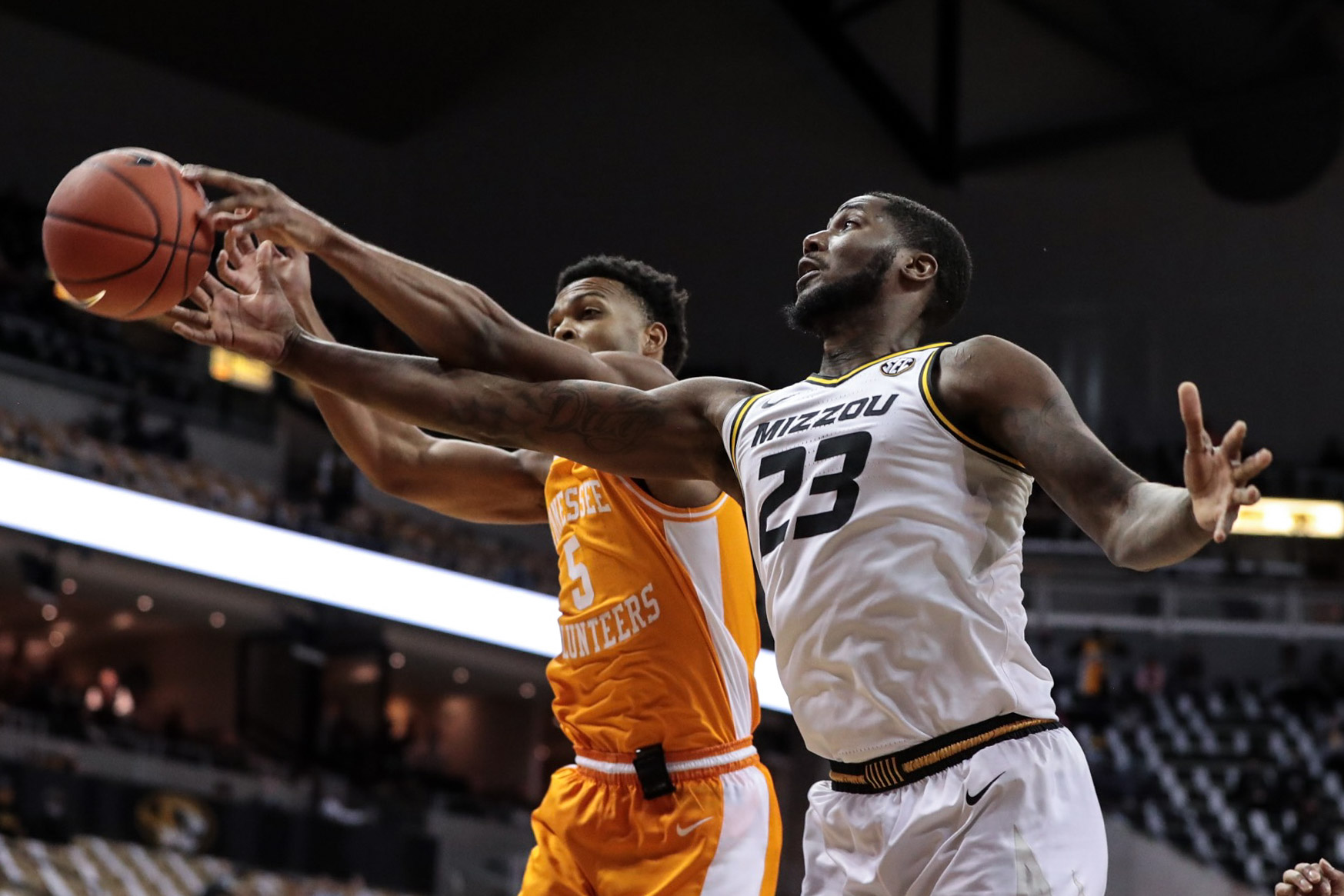
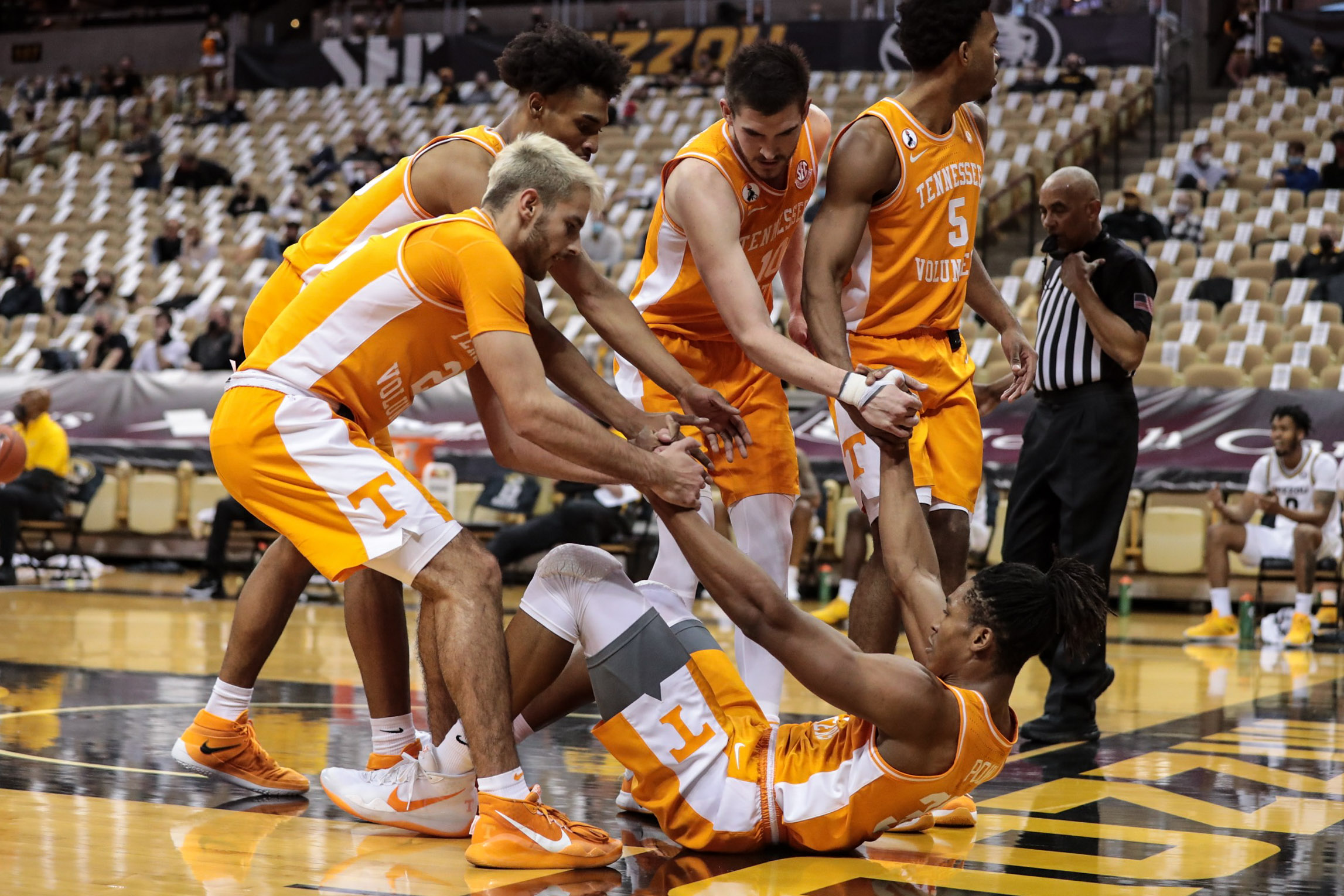
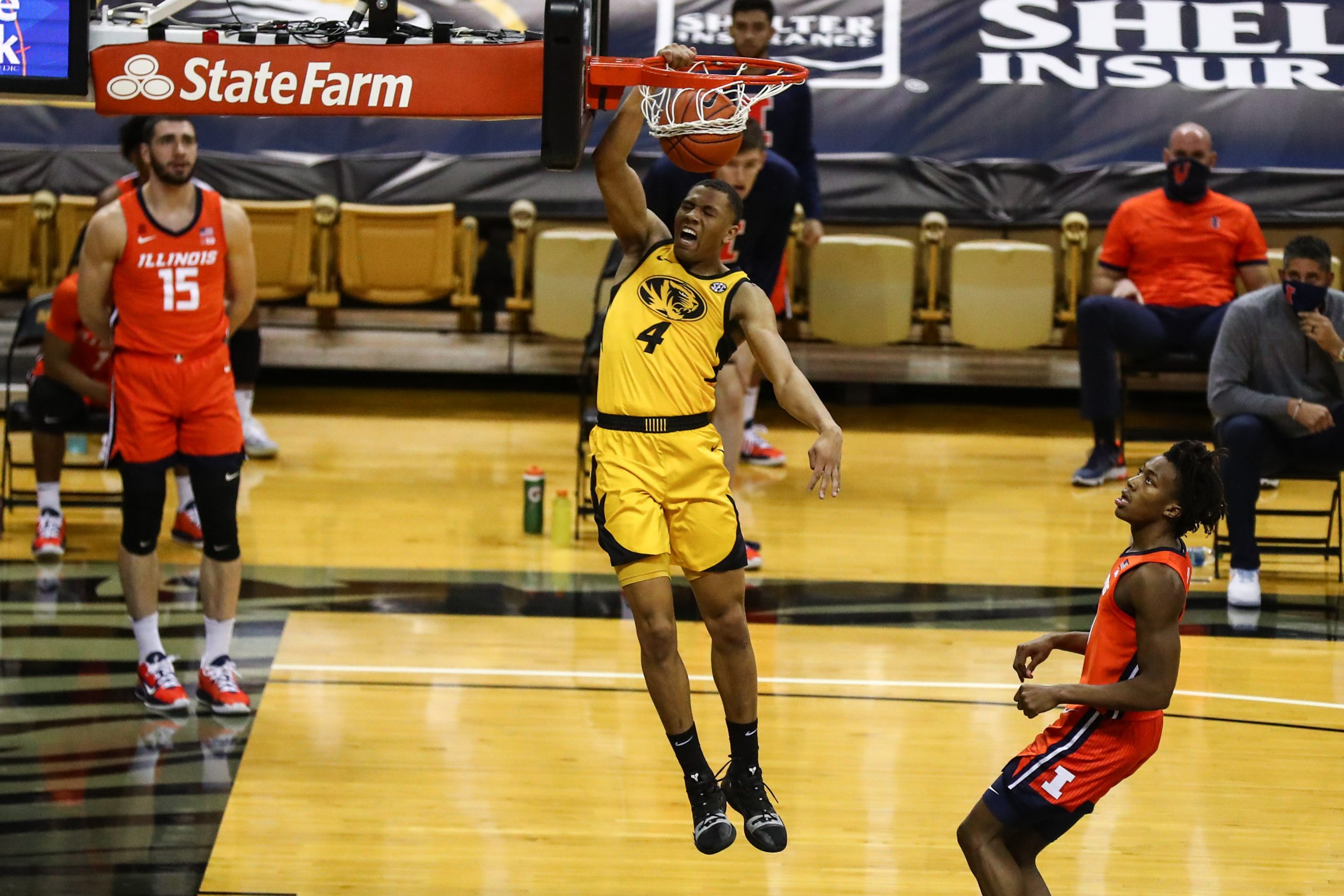
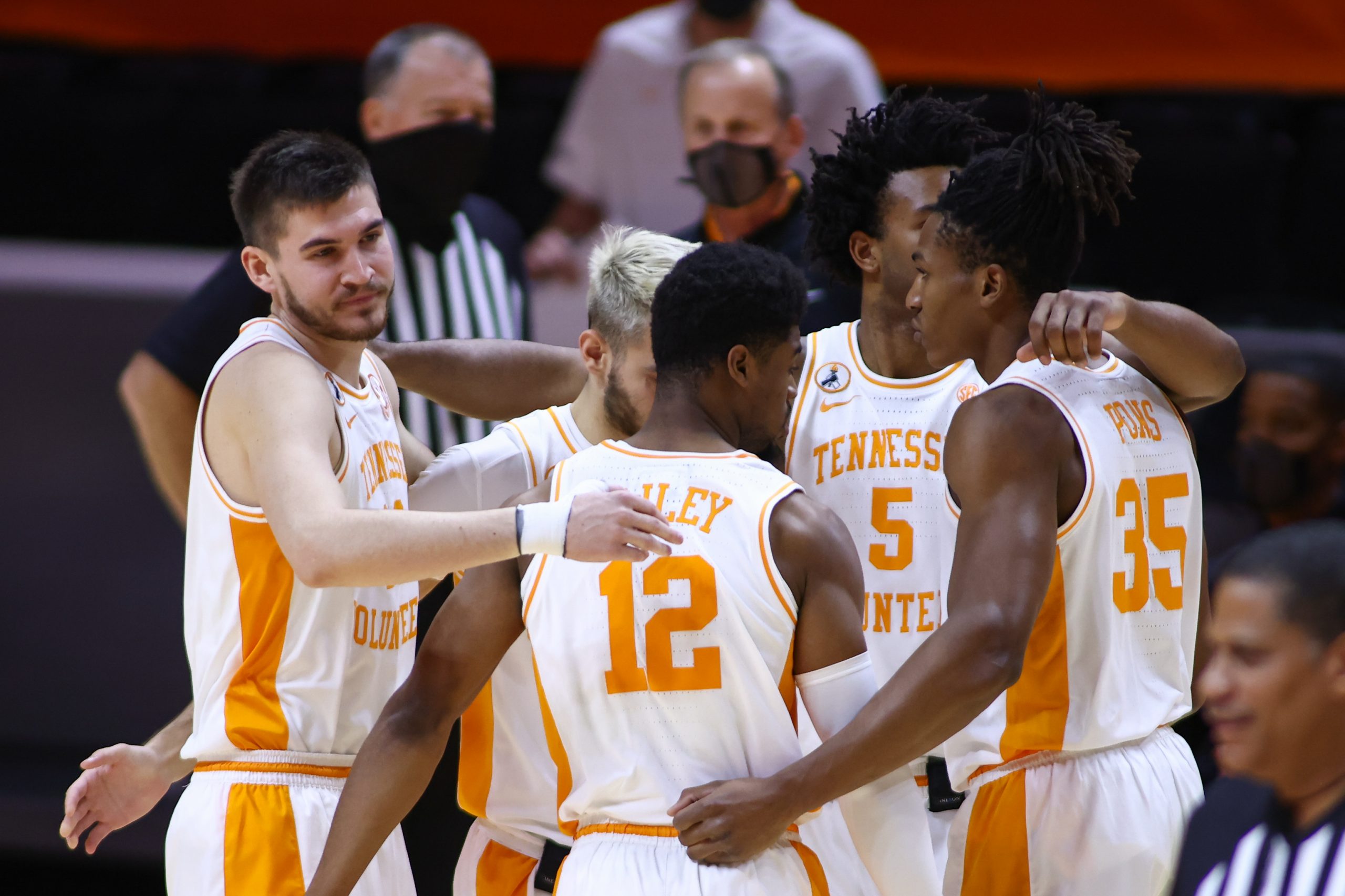
You must be logged in to post a comment.